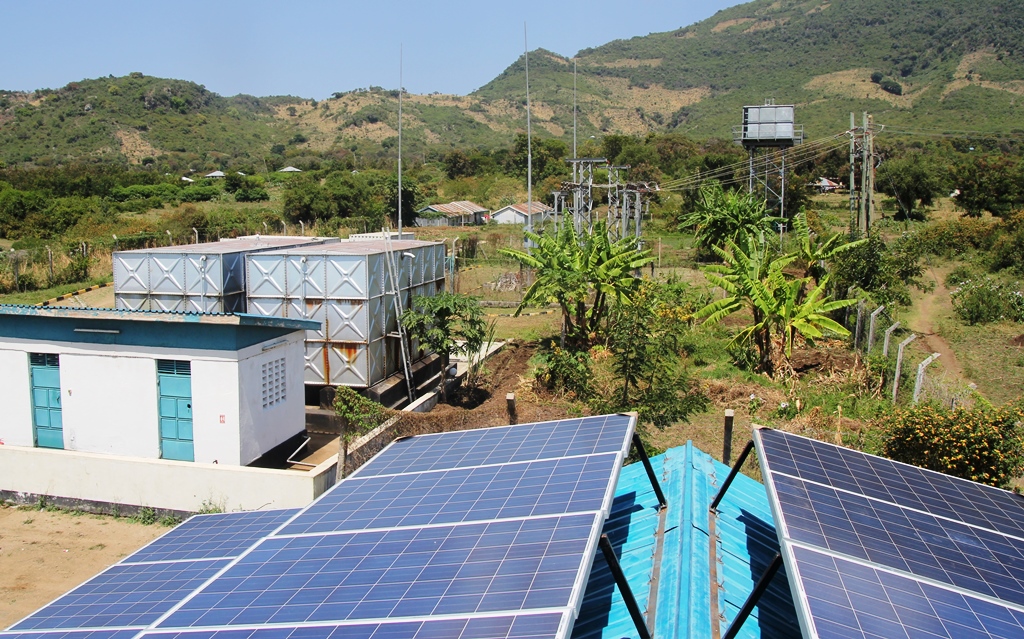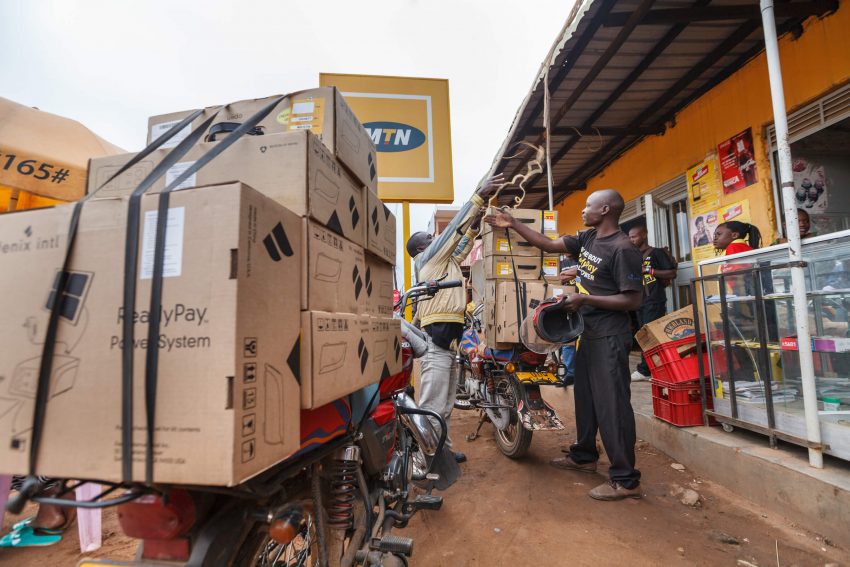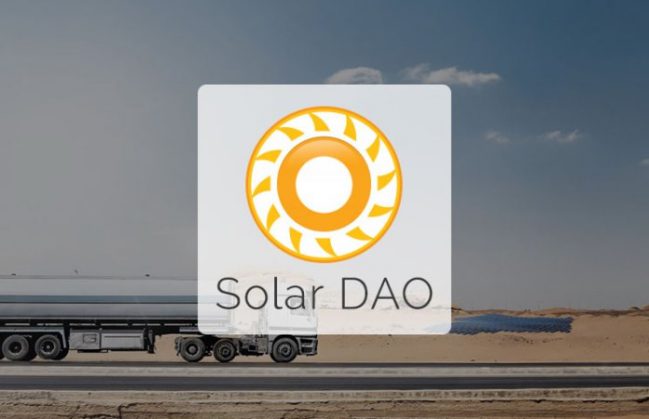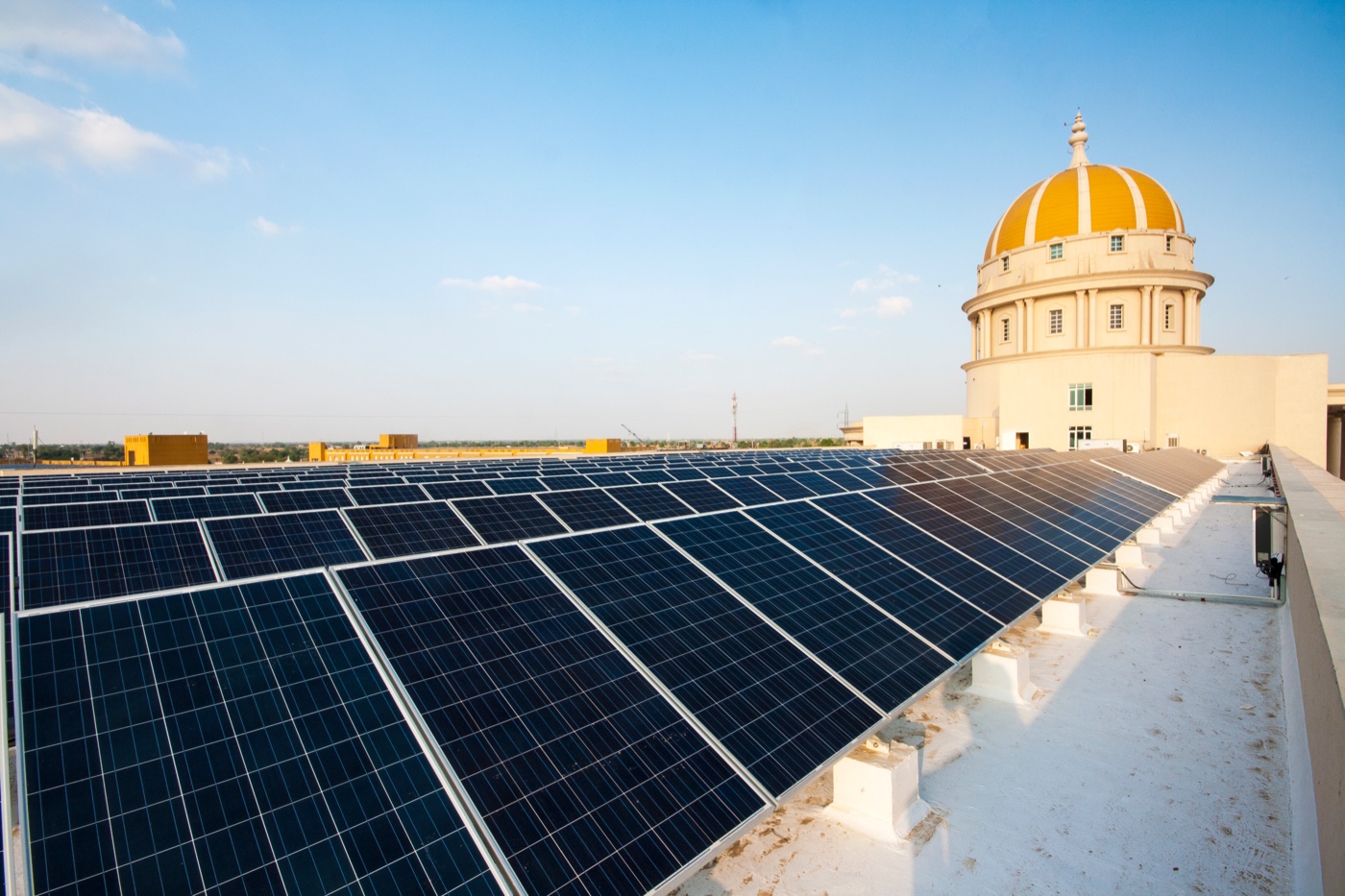
The World Bank recently added substantial impetus to the wave of off-grid solar energy projects sweeping across Sub-Saharan Africa. The world’s preeminent multilateral development bank on July 26 approved an International Development Association (IDA) credit equivalent to USD150 million to help fund delivery of modern energy services via off-grid solar in the East African nation.
Dubbed, the “Off-grid Solar Access Project for Underserved Counties”, the initiative is expected to provide modern, off-grid solar electricity services to an estimated 1.3 million people in 277,000 households across 14 counties.
The project focus is on empowering communities and residents by helping develop human resource capacity, as well as providing sustainable, emissions-free and environmentally friendly energy – two pillars upon which they can build.
Empowering Impoverished Communities
As the World Bank explains: “The Kenya Off-Grid Solar Access Project for Underserved Counties will reach homes, schools, health centers, with maximum private sector involvement and investment to ensure sustainability.” Supporting Kenya’s North Eastern Development Initiative, 10 of the counties are located in the north and northeastern parts of the country.

Awarding of associated IDA credits is focused along the lines of four main project themes:
- Mini-grids for community facilities, enterprises, and households. This component will support the electrification of areas where electricity supply through mini-grids represents the least-cost option from a country perspective, as underpinned by the geospatial plan;
- Stand-alone solar energy systems and clean cooking solutions for households;
- Stand-alone solar energy systems and solar water pumps for community facilities.
- Implementation support and capacity building. This comprises two subsidiary elements: consumer education and citizen engagement, and implementation support and capacity building.
Kenya Cabinet Secretary for Energy and Petroleum, the Hon. Charles Keter, E.G.H had this to say about the World Bank’s project approval: “The Ministry appreciates this project which will go a long way in contributing to the achievement of one of the Government’s objective of attaining universal access to electrification by 2020.
“The uniqueness of this project, which entails collaboration of public and private sector, embedded operation and maintenance, as well as the innovative financing of the solar home system component, will be the hall mark of success in accelerating off-grid electrification, which has been hard to achieve. We appreciate the partnership and support of the World Bank in conceptualization and implementation of this project.”
The World Bank’s IDA

“The World Bank is committed to supporting the growth of Kenya’s underserved areas through linking homes, communities and the businesses that serve them to clean and renewable energy sources,” said Diarietou Gaye, World Bank Country Director for Kenya. “By connecting 1.3 million people to off-grid solar energy, these counties can begin harnessing the fruits of devolution by opening avenues for creation of more businesses and job opportunities.”
The World Bank’s IDA was established in 1960 to provide development funding to the world’s poorest countries via grants and low to zero-interest loans for “projects and programs that boost economic growth, reduce poverty, and improve poor people’s lives.”
IDA is active in the world’s 75 poorest countries with a population of some 1.5 billion. Thirty-nine are in Africa. Since its founding IDA has supported development work in 113 countries. Annual commitments have averaged about $18 billion over the last three years. About 54 percent have gone to African nations.





